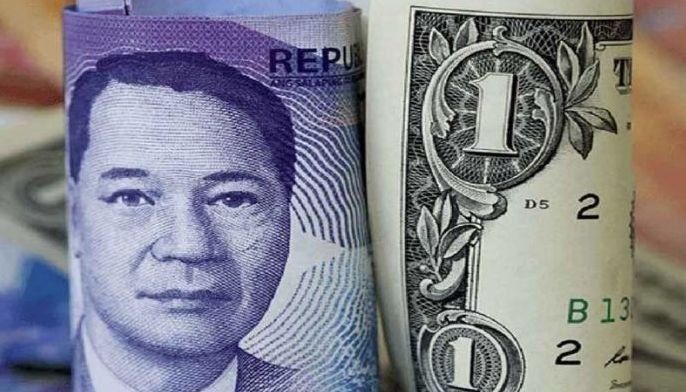Peso seen falling to 54:$1 as polls near

MANILA, Philippines — The peso is expected to weaken further for the seventh straight year in 2019 to 54 to $1 due to the impact of the mid-term elections, investment bank DBS said.
The peso is forecast to shed another 2.5 percent after emerging as the third worst-performing currency in the region last year. It depreciated 5.3 percent to 52.58 to $1 from the end-2017 level of 49.93 to $1.
“As if falling for six straight years was not enough, the Philippine peso is now facing an additional threat: a midterm election that may compound concerns about its economy,” the Singapore-based bank said.
The peso has steadily depreciated from 2012 at 41.05 to $1 to 44.39 in 2013, 44.72 in 2014, 47.06 in 2015, 49.72 in 2016, 49.93 in 2017 and 52.58 last year.
As the nation gears up for polls in May, the bank said political uncertainties could pose an added source of pressure to those stemming from its long-running deficits.
“With risk appetite likely to remain fragile due to fears of a global slowdown, traders may drive the peso back below the 13-year low set in October,” DBS said.
The local currency plunged to its weakest level in 13 years last Sept. 26 when it closed at 54.325 to $1 due to the continued normalization path of the US Federal Reserve, the trade war between Washington and Beijing on the external front as well as rising inflation and strong imports to support the growing economy on the domestic front.
DBS said the peso is seen emerging as the third worst performing currency in the region anew this year after the Indonesian rupiah and Thai baht.
“The peso has been undermined by local politics more than once in the past,” it added.
The peso sank almost four percent in 2003 as an attempted coup and corruption scandals hurt then president and now House Speaker Gloria Macapagal-Arroyo.
DBS said investors could choose to avoid Philippine assets for now due to an unfavorable external backdrop despite the higher approval rating of President Duterte.
Cheuk Wan Fan, chief market strategist for Asia at HSBC Private Banking, earlier said the peso would weaken further to 54 to $1 in end-2019.
“We expect a more stable peso this year given the BSP is expected to approach the end of a tightening cycle as well. So we only expect one more interest rate hike by the BSP in the first quarter as we expect inflation to further ease in 2019,” Fan said.
Inflation shot up to 5.2 percent last year from 2.9 percent in 2017, exceeding the two to four percent target set by the Bangko Sentral ng Pilipinas (BSP) due to higher oil and food prices, the impact of the implementation of Republic Ac 10963 or the Tax Reform for Acceleration and Inclusion (TRAIN) Law, and the weak peso.
Rising inflationary pressures prompted the BSP’s Monetary Board to raise interest rates by175 basis points in five straight rate-setting setting meetings from May to November before pausing in December.
- Latest
- Trending


























